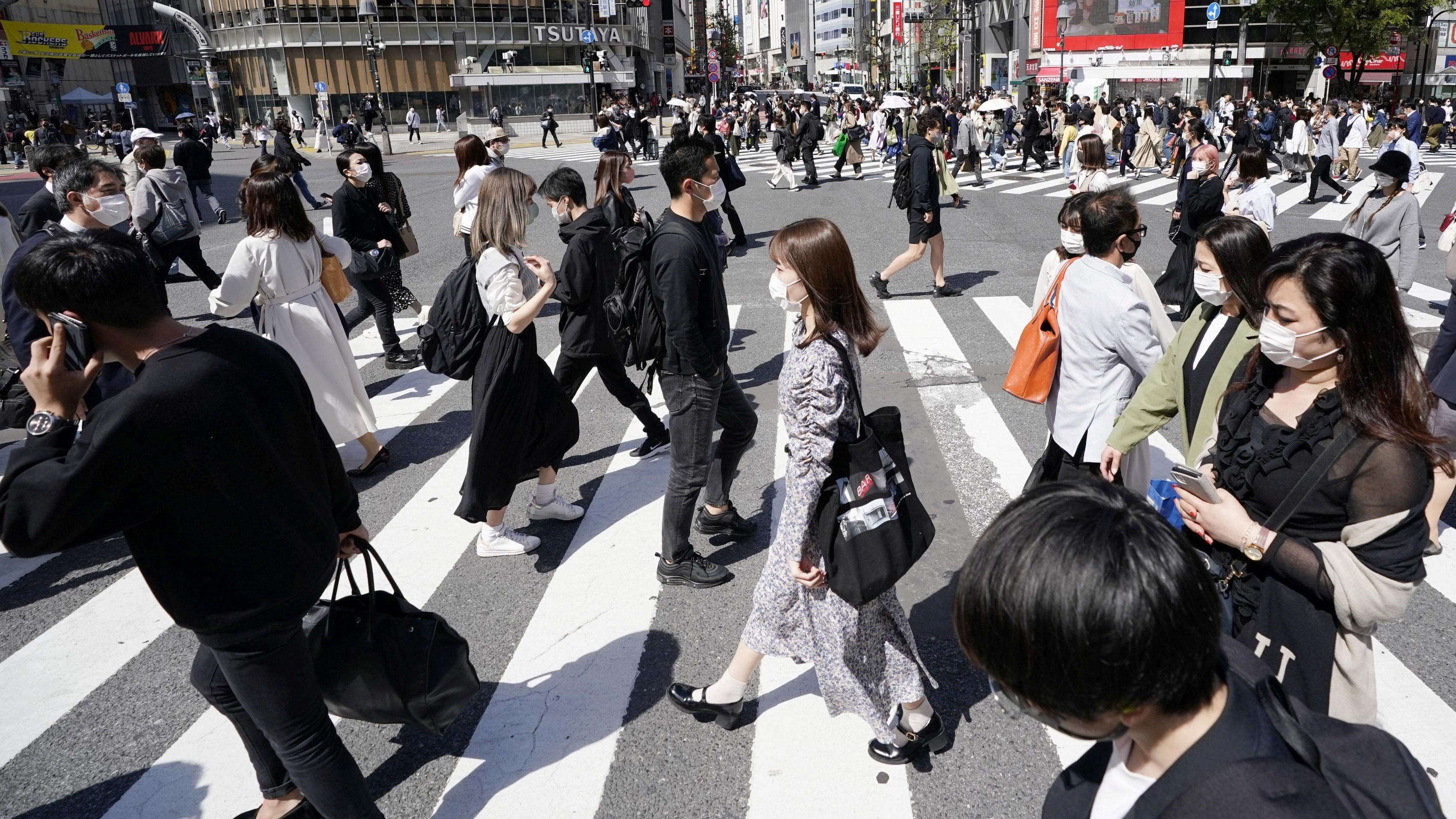Free trade agreements
Three ways Covid-19 should change our approach to trade agreements
Published 28 September 2021
As humans continue to encroach on natural habitats, Covid-19 will not be the last zoonotic disease to evolve into a global pandemic. While we are still assessing the fallout from the pandemic and weighing measures to mitigate its consequences, there are three ways that trade agreements must evolve to reflect this new reality.
As the world continues to wrestle with the Delta variant infection spikes, epidemiologists warn that Covid-19 is unlikely to be the last zoonotic pandemic we face. In fact, as humans continue to encroach on natural habitats, we should anticipate an increased frequency of new zoonotic diseases, each with the potential to evolve into global pandemics.
Our approach to trade agreements likewise needs to evolve in order to reflect this unfortunate new public health reality.
The United Nations Economic and Social Commission for the Asia Pacific (UNESCAP) is trying to improve our understanding of how this new landscape should be addressed in trade agreements. UNESCAP is coordinating development of a handbook on model Regional Trade Agreement (RTA) provisions in times of crisis and pandemics. The guide is chockfull of practical suggestions and options for trade negotiators to follow. [1]
While we are still assessing the fallout from the pandemic and weighing measures to mitigate its consequences, it’s already clear that our approach to trade agreements needs to change in three important ways:
Time to toughen transparency requirements
The WTO and most regional or bilateral free trade agreements contain provisions, if not entire chapters, on transparency. Although the precise stipulations vary from agreement to agreement, the basic idea is for trade partners to provide their counterparts with notifications and detailed information related to new or amended regulations or laws that could affect trade. This allows companies and individuals to plan accordingly and avoid disruptions to the smooth flow of products and services across borders.
Unfortunately, these provisions are too often treated as “window dressing” – something which looks good on paper and signals virtuous intentions but has little practical impact. Compliance with transparency requirements, both in the WTO and RTAs, is frequently flouted and he consequences for non-compliance are scant. We can no longer afford to take this slipshod approach. During pandemics, a lack of transparency can literally be the difference between life and death.
As governments move quickly to respond to dangerous and rapidly evolving developments during a pandemic, trade-related legal and regulatory changes are not always well conceived, understood, or disseminated. As a result, cross border shipments of critical goods such as medicine, medical supplies, or vaccines can get hung up in customs if importers or exporters don’t have the information they need to successfully jump through the required hoops and hurdles. During a pandemic, even slight delays in transporting critical goods across borders can have disastrous results.
Trade disruptions and public health risks would be minimized if RTAs required trade partners to fully and faithfully execute three simple steps. Provide prompt notification of regulatory changes or updates, publish the new requirements on an expedited basis, and provide accessible contact points for further elaboration or clarification. If we are serious about the importance of transparency, then failure to fully comply with any of these provisions should trigger timely dispute settlement proceedings or other strong disincentives for non-compliance. Transparency provisions can no longer be “just for show”.
Progress on digital trade can no longer wait
Digital trade was critically important long before any of us ever heard the word “Covid”, but it is now more important than ever. Suffering through the experience of a highly contagious pandemic has forced us to think more deeply about the manner in which goods are purchased, processed, and transported from one jurisdiction to another. Public health considerations now dictate that requirements for face-to-face interactions and physically handled shipping documents be minimized. The pandemic is accelerating a trend that was already well underway: engaging in international trade is shifting from a physical to a digital endeavor. Lockdowns, office and store closures, and restrictions on movement and travel are remaking every facet of commerce. Out of necessity, consumers have grown exponentially more comfortable with e-commerce. Companies are transitioning to increasingly become digital operations. Even the definition of “office” is being reconsidered.
Unfortunately, we do not yet have comprehensive global digital trade rules in place. Eighty-six WTO members are currently engaged in negotiations on trade related aspects of e-commerce, but it is unclear when, or if, the negotiations can be successfully concluded. Regional and bilateral trade agreements increasingly contain digital provisions, but the scope and depth of coverage varies widely.
In order to keep trade flowing, especially during a pandemic, RTAs should focus on the “nuts and bolts” operational issues that directly support a greater digitization of trade activities: electronic signatures, electronic authorization, and electronic payment. Incorporating clear and enforceable commitments on these issues would help ensure that we have a trade governance structure in place to support the increased digitization in trade that the pandemic has hastened.
Time to push the envelope on trade facilitation
Trade facilitation is a broad term which essentially refers to measures that are intended to minimize friction in moving products from Point A to Point B. This could include relatively simple tasks like reducing and standardizing paperwork requirements all the way to more complex undertakings such as the harmonization of technical standards and greater mutual acceptance of testing data and regulatory approval for drugs. In its broadest sense, trade facilitation can also include improving the physical infrastructure. Greater trade facilitation reduces costs and helps ensure more smoothly integrated supply chains.
The WTO Trade Facilitation Agreement (TFA), which came into effect in 2017, is arguably the organization’s greatest accomplishment to date. Progress was made on issues like expedited release of essential goods, enhanced border cooperation, and the reduction of “red tape”. Practically speaking, this means goods can be cleared before final duties are calculated, paperwork can be submitted before goods arrive, and perishable goods can enjoy “quick release”. Despite being a notable achievement in its own right, the TFA alone is not nearly adequate to address the intense challenges faced during pandemics. RTAs should use these commitments as a starting point and raise the bar higher by expanding coverage and accelerating implementation. In many instances, less developed countries will need technical and financial assistance to fully implement trade facilitation provisions. RTAs should address these needs. While trade facilitation is always important, it take on an outsized urgency during pandemics.
[1] - Details on this outstanding initiative can be found here: https://www.unescap.org/resources/initiative-model-provisions-trade-times-crisis-and-pandemic-regional-and-other-trade
© The Hinrich Foundation. See our website Terms and conditions for our copyright and reprint policy. All statements of fact and the views, conclusions and recommendations expressed in this publication are the sole responsibility of the author(s).




